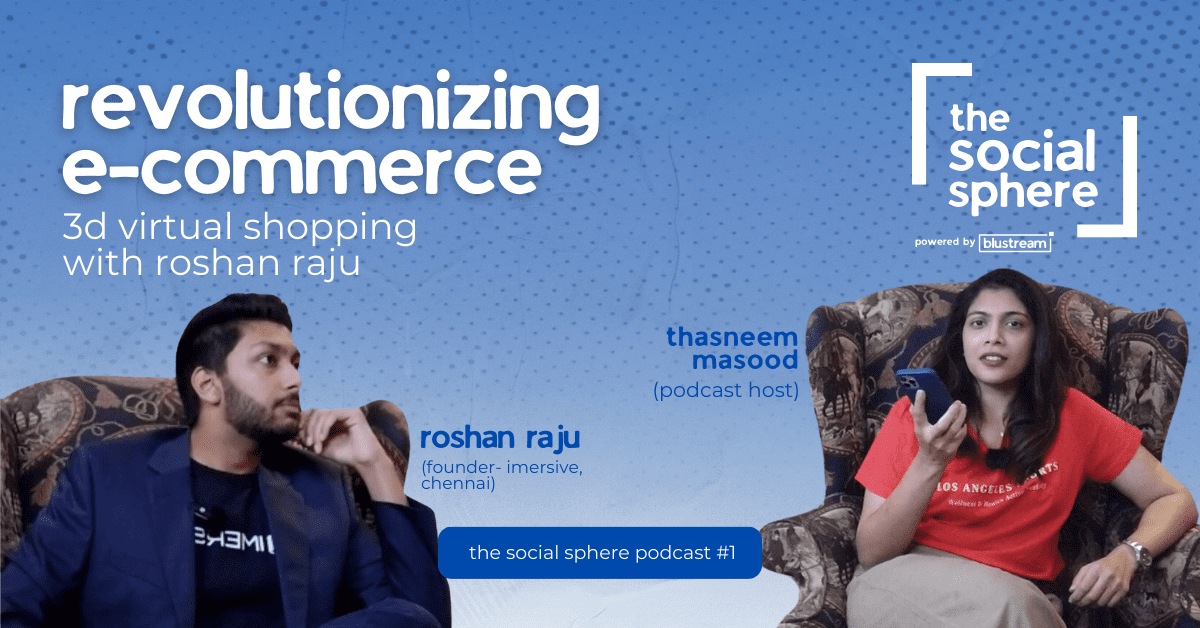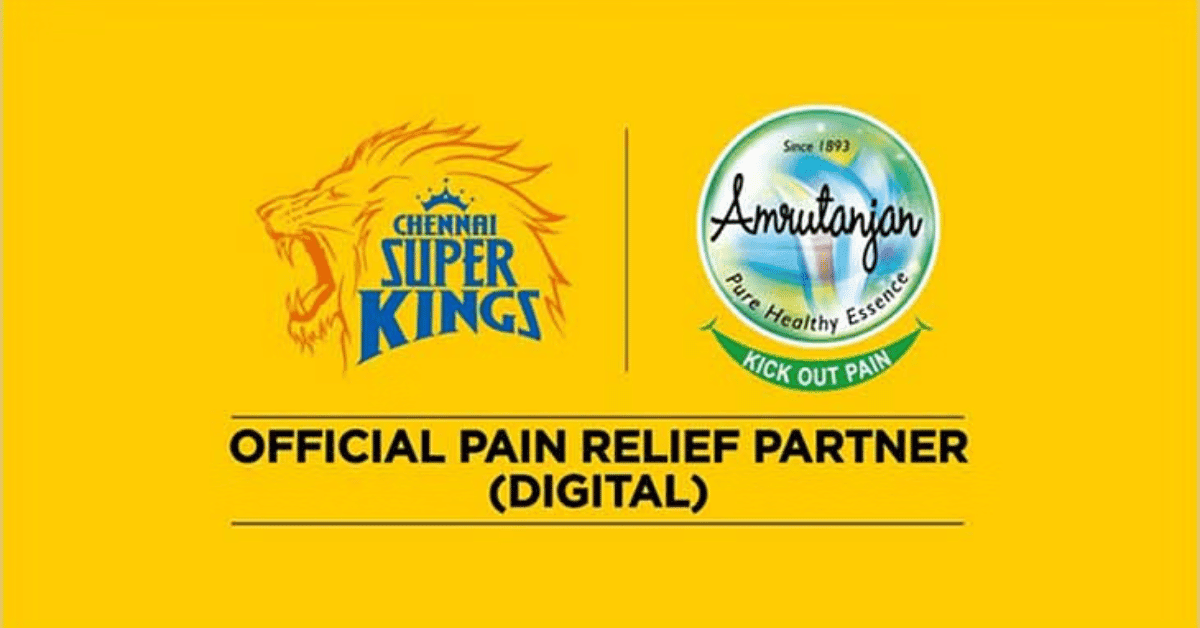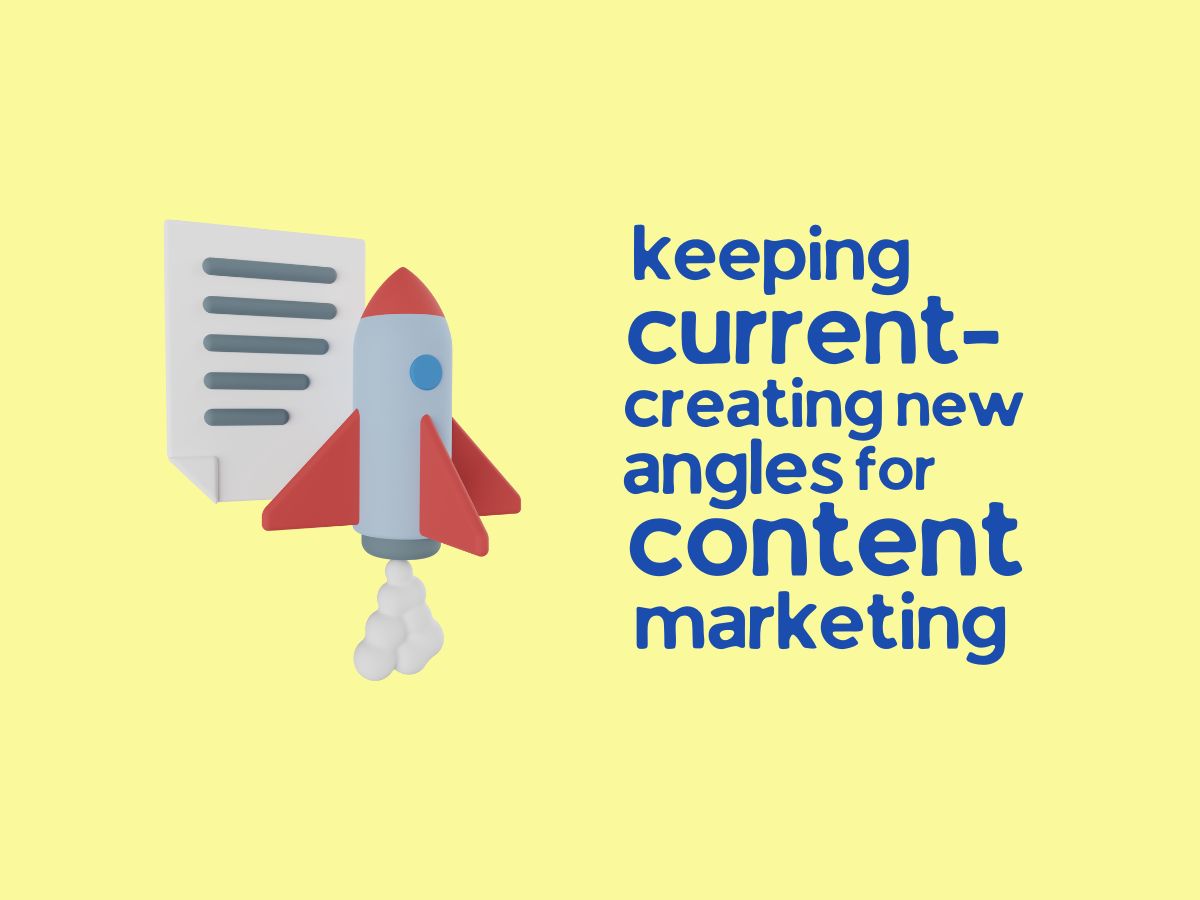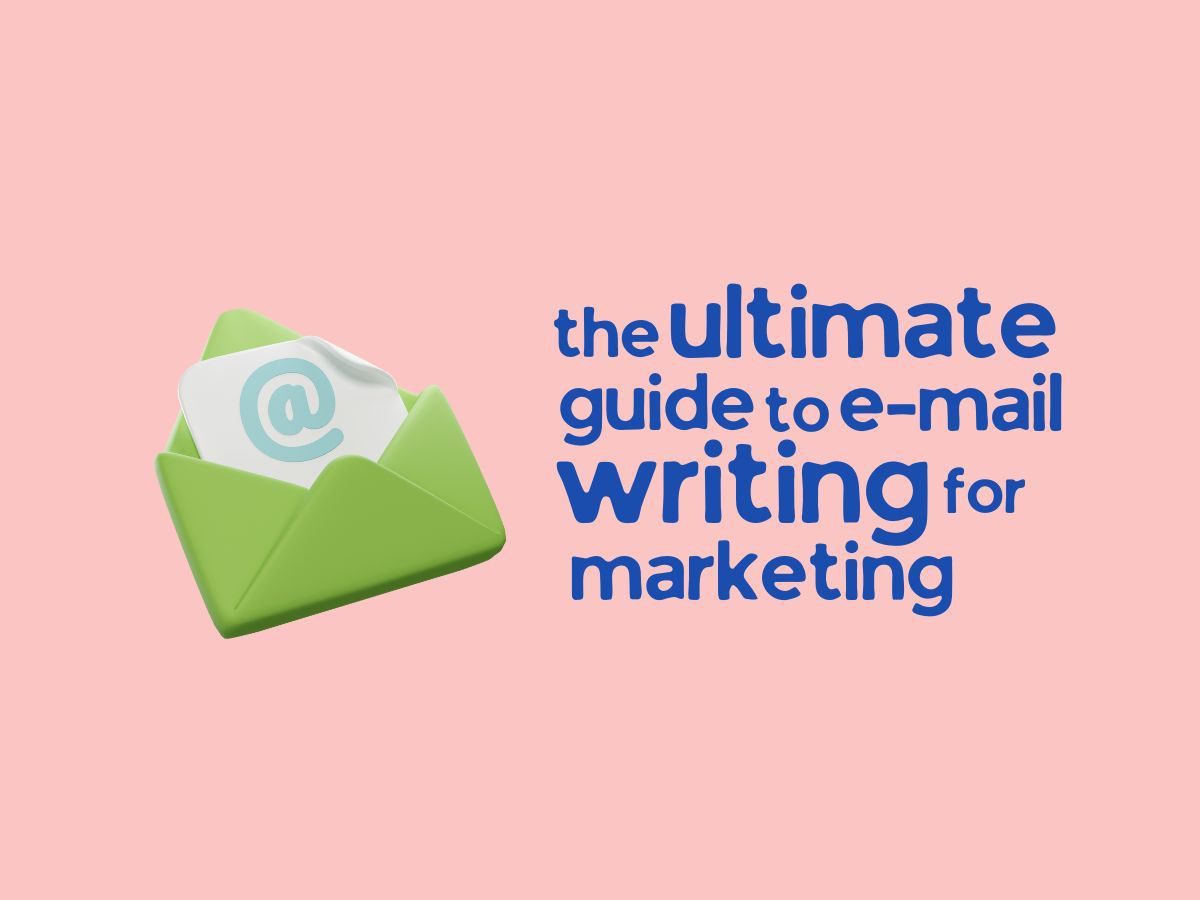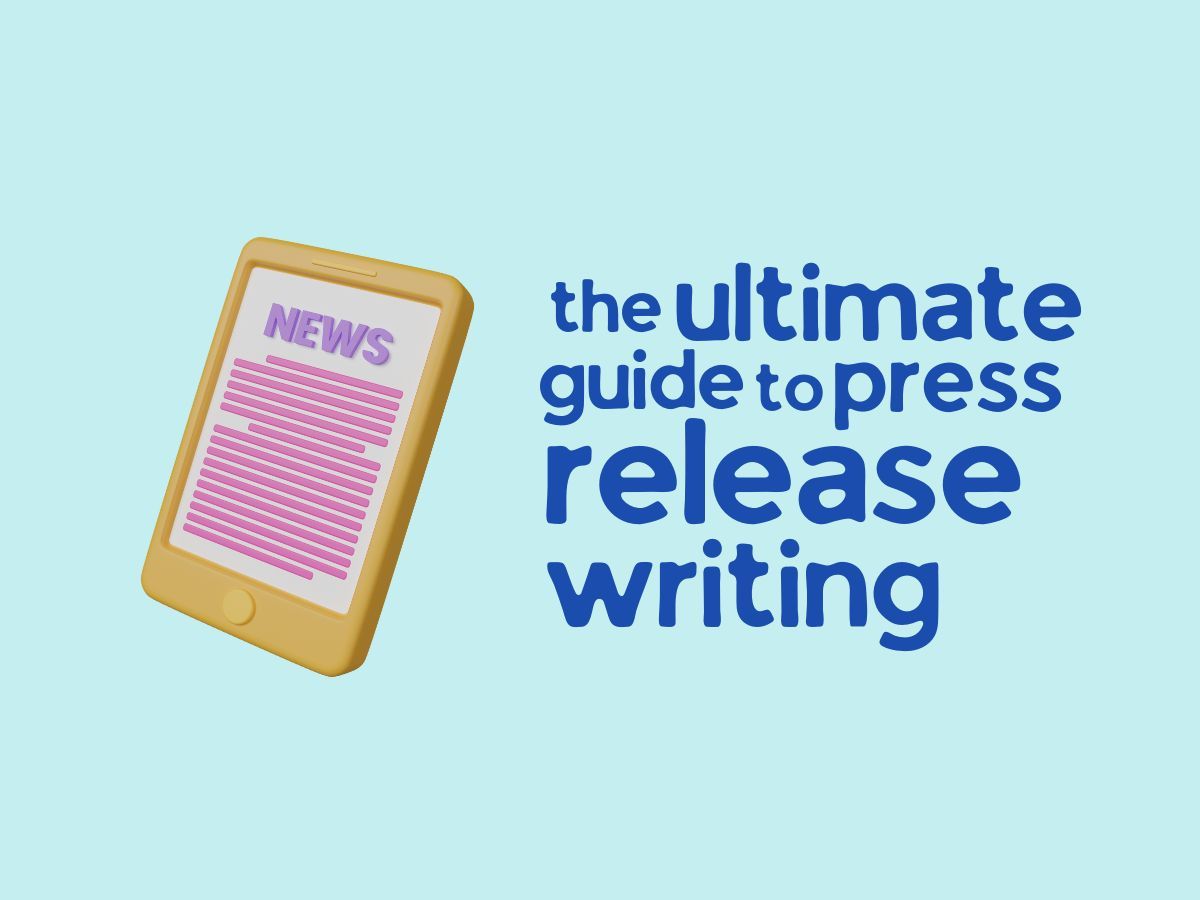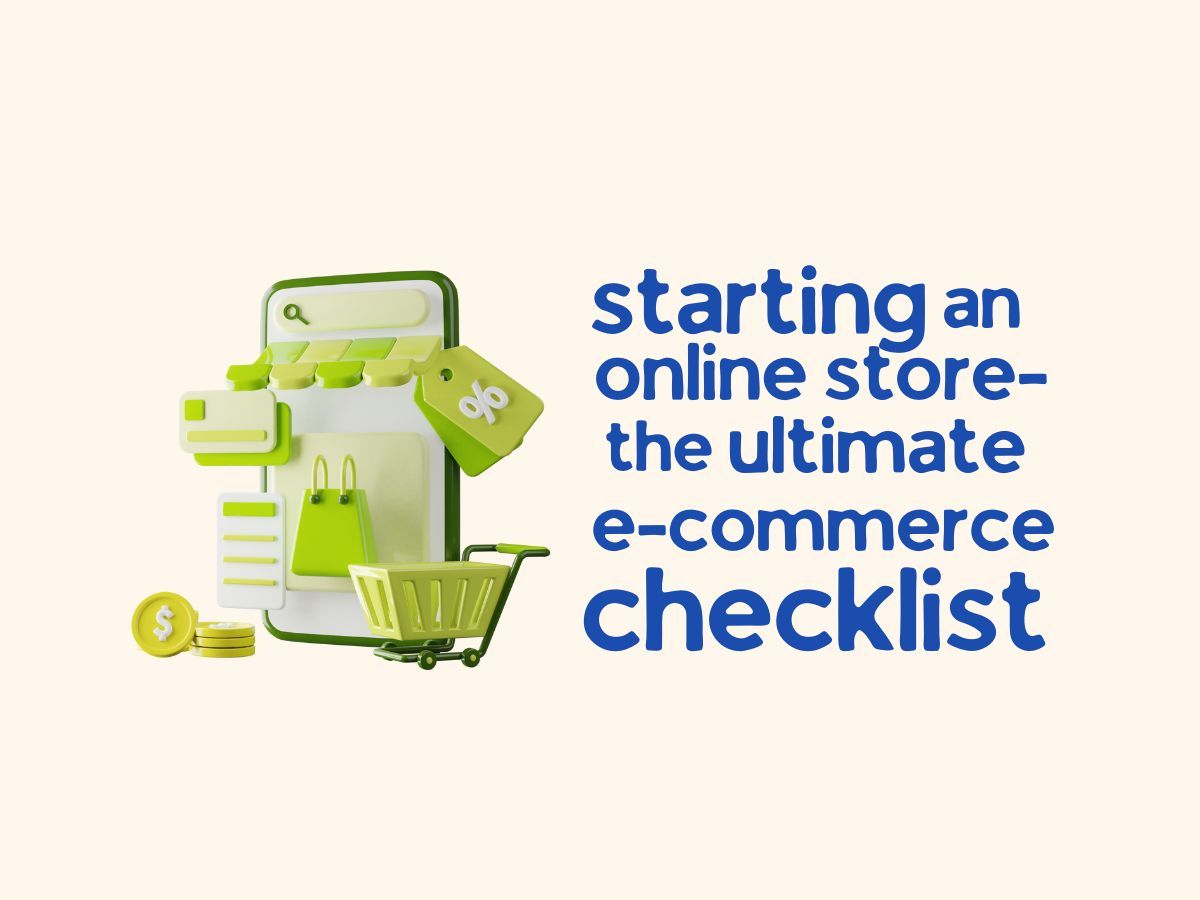The Ultimate Guide to Search Intent
A quick web search has become such a typical answer before you take action. From small things like looking up word meanings to life-changing things like buying a new house, you open your device to do a quick Google search.
This is what Google calls “micro-moments” – instances where a person turns to a device when you need something.
These clicks are the most intentional moments that content creators and SEO companies need to optimize the most. People need quick answers, but more importantly, real solutions that satisfy the purpose of their search or the reason they were searching.
What is Search Intent?
The purpose of a search or the purpose of a user’s search is the reason or reason for each search. Every question a user asks a search engine. It focuses on why someone is searching on Google.
Remember that everything you do has a purpose. When you ask someone a question in person, you get the answer you need. Similar to asking questions in search engines, when you type words into the search bar, you want to know and learn something. When you hit a search, you expect Google to give you the best answer to your question.
- Example of Multiple Search Intents– This is an example of a query that has multiple meanings because it provided both information and transactional information on the search results page. Google interpreted my question as a user who is already in the buying phase because I already have a specific product in mind. But the search engine also provided me with informative content to learn more about the product. Confused? Don’t worry; we will talk more about this later in the article.
- Google’s algorithm is smarter than we think – it provides answers for all types of users, no matter where they are in the search or buying journey. This is the challenge that Google has set for digital marketers like us to provide users with the content they need at that particular time. No one yet has an accurate way to determine search intent. This is where most, if not all, SEO fails: a careful and accurate understanding of the user’s search intent. If you’re a little lost at this point, it’s best to go back to SEO basics to better understand search and its various pillars and factors.
The Growing Importance of Search Intent
Search engines weren’t always so complicated. Once upon a time, posting simple content and using keywords was enough to get SERP results. But as Google’s algorithm has evolved, so has SEO and its best practices.
However, the concept of search intent did not appear out of nowhere in the search engine optimization environment. It has been gaining importance for some time and only now business people have seen and realized its importance.
The value of search intent began with the release of the Google Hummingbird update, where the search engine released an increasingly sophisticated understanding of searcher querying to find relevant and deliver meaningful results to users.
Search intents are classified into three different types, all of which correspond to Google’s micro-moments: know, do, go and buy. Here are the different types of search intent:
- Informational
Intent to know or and intent to do.
Most people look for information online. It could be a local business, kids, cars, online marketing – anything under the sun. People looking for information have a problem or situation in mind and are looking for a name to put it under.
- Navigation
Purpose to go.
These are people who are looking for a specific location or want to go somewhere and interact with the physical world or a specific online location. A user can search for a physical store or area (eg “digital marketing company near me”) and see the following results:
Physical Navigation Search Intent Searches based on this search intent can also navigate through web pages. This means that the user knows which website and page they want to go to, but the user is just not sure what that exact URL is: Purpose of Digital Navigation Search
Whichever of the two, the purpose of search is to find a location and go there, either physically or digitally.
.
- Events
This is done by people who want to buy something online. They are often looking for the best deals and places to shop. Event searches are easy to spot if they include the keywords “buy”, “sell”, “cheap” or “service”. These are modifiers that tell Google and SEO that the user is already in purchase mode.
But if the search doesn’t have those keywords with purchase intent, does that still count as transaction intent?
Search with a simple keyword: “iPhone charger”. It doesn’t have “buy” or “sell” indicators, but it does provide results for product pages and online sellers that encourage me to do business with them.
Keywords, queries or whatever you want to call them for another purpose and it all depends on the search engine. Google shows different results that the algorithm thinks users need, which makes our job as content marketers a bit difficult because we have to provide quality content to all users and searchers along their buyer journey.






